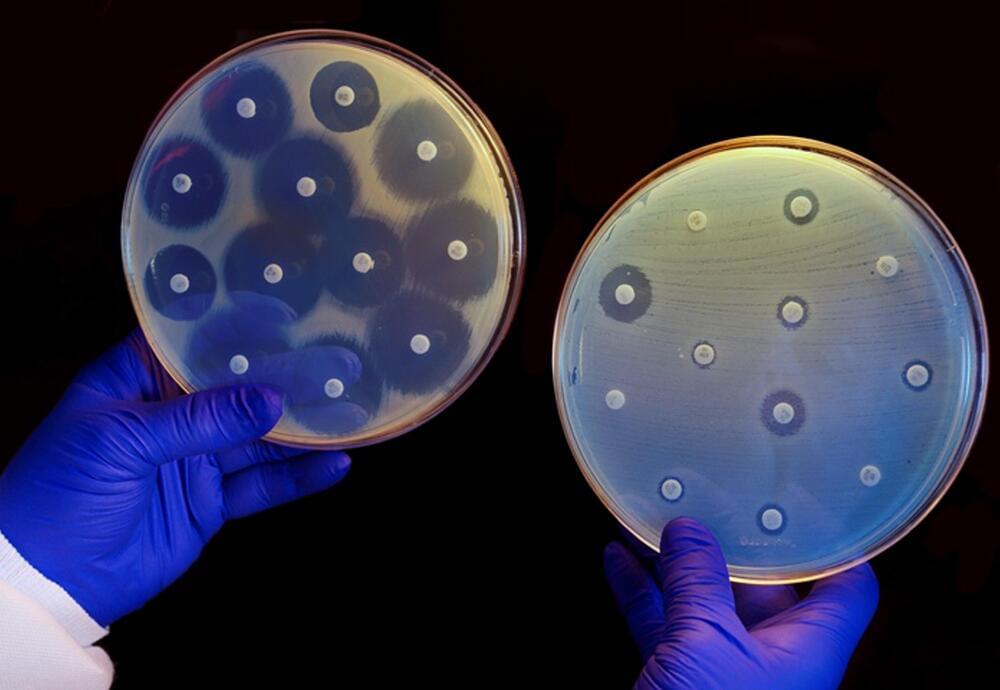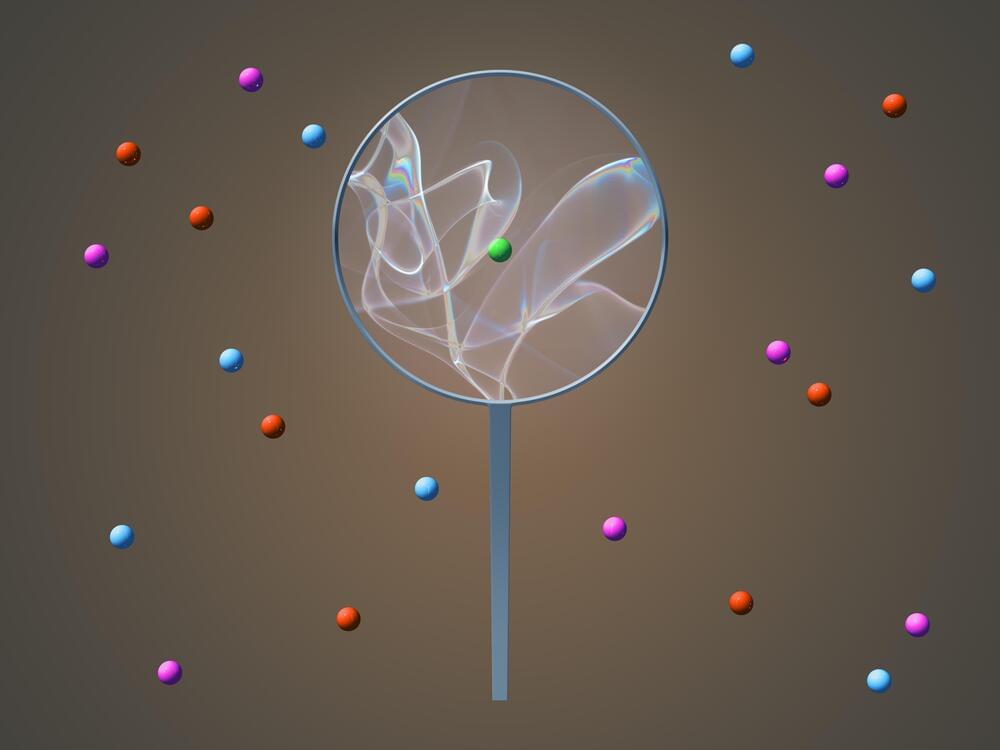No, but centaurs might.



Samsung thinks it has a better way to develop brain-like chips: borrow existing brain structures. The tech firm has proposed a method that would “copy and paste” a brain’s neuron wiring map to 3D neuromorphic chips. The approach would rely on a nanoelectrode array that enters a large volumes of neurons to record both where the neurons connect and the strength of those connections. You could copy that data and ‘paste’ it to a 3D network of solid-state memory, whether it’s off-the-shelf flash storage or cutting-edge memory like resistive RAM.
Each memory unit would have a conductance that reflects the strength of each neuron connection in the map. The result would be an effective return to “reverse engineering the brain” like scientists originally wanted, Samsung said.
The move could serve as a ‘shortcut’ to artificial intelligence systems that behave like real brains, including the flexibility to learn new concepts and adapt to changing conditions. You might even see fully autonomous machines with true cognition, according to the researchers.

Consciousness: Evolution of the Mind Documentary (2021), a film by Alex Vikoulov, Part I, WHAT IS CONSCIOUSNESS?
*Subscribe to our YT channel to watch the rest of documentary (to be released in parts): https://youtube.com/c/EcstadelicMedia.
**Watch the documentary in its entirety on Vimeo ($0.99/rent; $1.99/buy): https://vimeo.com/ondemand/339083
***Join Consciousness: Evolution of the Mind public forum for news and discussions (Facebook group of 6K+ members): https://www.facebook.com/groups/consciousness.evolution.mind.
#Consciousness #Evolution #Mind #documentary #film

The K. Lisa Yang Center for Bionics has been established thanks to a $24 million donation from philanthropist Lisa Yang, according to an MIT announcement. That’s probably not enough attain the center’s enormously ambitious goals of restoring neural function and rebuilding lost limbs, but it does get the ball rolling and bring together MIT faculty with a variety of specialties toward a common big-picture objective — potentially serving as a much-needed accelerant for disability tech research.
The new research center will fall under the leadership of MIT Media Lab professor Hugh Herr, who is a double amputee himself and has come to be known as a leader in the field of robotic prosthetics. In the MIT announcement, Herr said that he sees this new initiative as an important step toward eliminating physical disabilities altogether.
“The world profoundly needs relief from the disabilities imposed by today’s nonexistent or broken technologies,” Herr said. “We must continually strive towards a technological future in which disability is no longer a common life experience. I am thrilled that the Yang Center for Bionics will help to measurably improve the human experience for so many.”


Reservoir computing, a machine learning algorithm that mimics the workings of the human brain, is revolutionizing how scientists tackle the most complex data processing challenges, and now, researchers have discovered a new technique that can make it up to a million times faster on specific tasks while using far fewer computing resources with less data input.
With the next-generation technique, the researchers were able to solve a complex computing problem in less than a second on a desktop computer — and these overly complex problems, such as forecasting the evolution of dynamic systems like weather that change over time, are exactly why reservoir computing was developed in the early 2000s.
These systems can be extremely difficult to predict, with the “butterfly effect” being a well-known example. The concept, which is closely associated with the work of mathematician and meteorologist Edward Lorenz, essentially describes how a butterfly fluttering its wings can influence the weather weeks later. Reservoir computing is well-suited for learning such dynamic systems and can provide accurate projections of how they will behave in the future; however, the larger and more complex the system, more computing resources, a network of artificial neurons, and more time are required to obtain accurate forecasts.
Who has a different opinion here?
Science writer Charles Q. Choi identifies a number of limitations, including a, perhaps, surprising one: AIs are very bad at math.

As developers unlock new AI tools, the risk for perpetuating harmful biases becomes increasingly high — especially on the heels of a year like 2020, which reimagined many of our social and cultural norms upon which AI algorithms have long been trained.
A handful of foundational models are emerging that rely upon a magnitude of training data that makes them inherently powerful, but it’s not without risk of harmful biases — and we need to collectively acknowledge that fact.
Recognition in itself is easy. Understanding is much harder, as is mitigation against future risks. Which is to say that we must first take steps to ensure that we understand the roots of these biases in an effort to better understand the risks involved with developing AI models.
The challenge of getting high-quality real-world data.
Tesla is combining manual labeling, auto labeling, and simulation to create real-world datasets for fully self-driving cars.